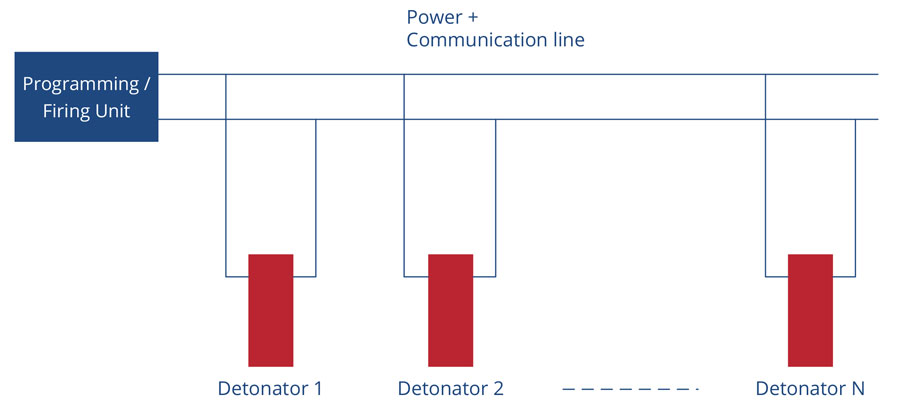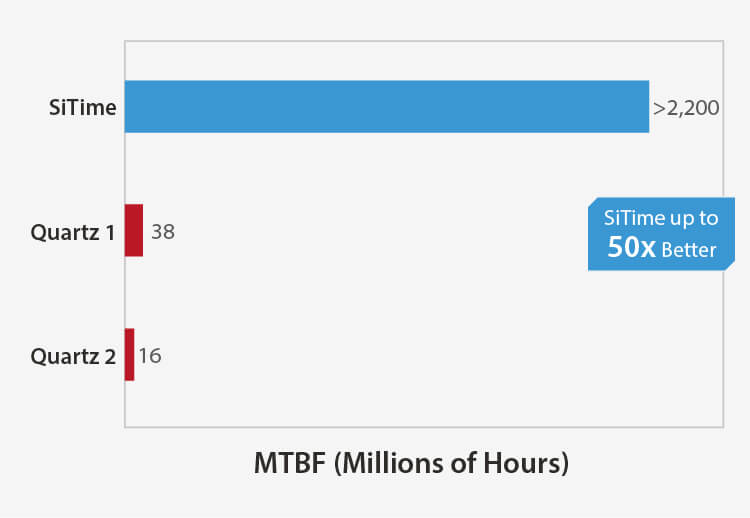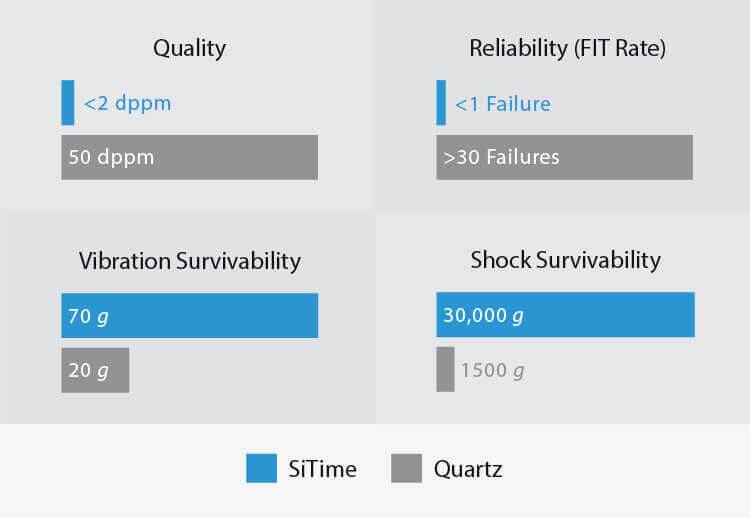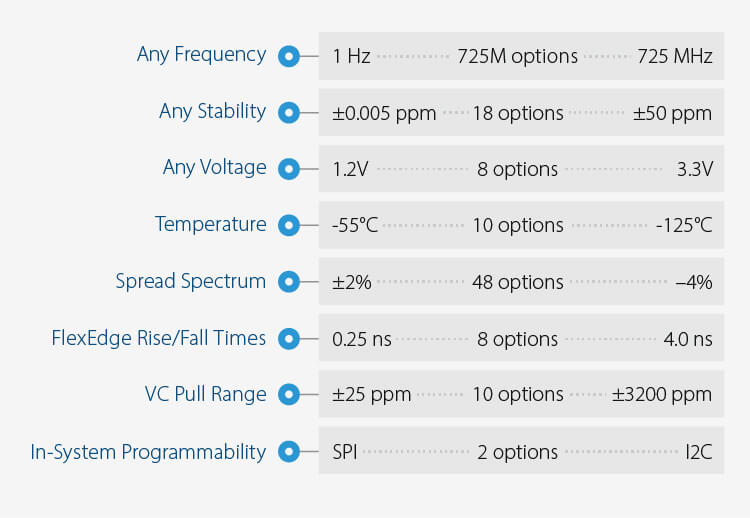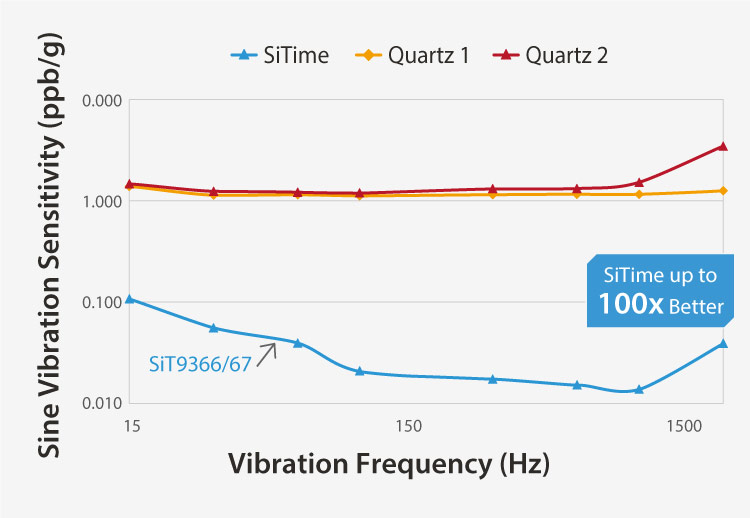MEMS Timing for Electronic Detonators
| Devices | Key Features | Key Values |
|---|---|---|
|
MHz oscillator
SiT8021 1 to 26 MHz
|
|
|
|
32.768 kHz oscillator
|
|
|
|
Differential oscillator
SiT9366 1 to 220 MHz
SiT9367 220 to 725 MHz
|
|
|
1 12 kHz to 20 MHz integration range

